Small Cell Lung Cancer vs. Non-small Cell Lung Cancer: What’s the Difference?
From a distance, lung cancer may seem straightforward and cut-and-dried. The name itself sparks an immediate mental image of the balloon-like organ located in the chest cavity. It’s common knowledge that tobacco smoke is the leading cause of lung cancer, and that it is amongst the most common type of cancer. While these are great facts for the public to know offhand, there is actually quite a bit more information about lung cancer that is less commonly known.
Small Cell Lung Cancer vs Non-Small Cell Lung Cancer
Lung cancer diagnoses are broken down into two main groups: small cell lung cancer (SCLC) and non-small cell lung cancer (NSCLC).
SCLC often starts in the bronchi, or the airways that lead from the trachea into the lungs and then branch off into progressively smaller structures. After affecting the bronchi, SCLC quickly grows and spread to other parts of the body, including the lymph nodes. This type of lung cancer represents fewer than 20% of lung cancers and is typically caused by tobacco smoking. SCLC itself is broken down into another two categories: small cell carcinoma and combined small cell carcinoma. These two categories are used to distinguish the small cells when viewed under a microscope. Small cell carcinoma is the most common type of SCLC and looks flat under a microscope, much like oats. Combined small cell carcinoma refers to a tumor made up of small cell carcinoma cells and a small number of non-small cell lung cancer cells.
NSCLC accounts for nearly nine out of every 10 diagnoses and typically grows at a slower rate than SCLC. This type of lung cancer often develops slowly and causes few or no symptoms until it has advanced. There are three main types of NSCLC: adenocarcinoma of the lung, squamous cell, and large-cell undifferentiated carcinoma. Adenocarcinoma is the most common form of lung cancer, accounting for 30% of all cases overall and about 40% of all non-small cell lung cancer occurrences. This type of cancer is also found in other common cancers, including breast cancer and prostate cancer. In NSCLC, it is found in the outer region of the lung, in glands that secrete mucus. Squamous cell lung cancer is responsible for about 30% of all non-small cell lung cancers and is generally linked to smoking. This type of cancer begins in the center of the lung. Large-cell undifferentiated carcinoma lung cancer accounts for approximately 10-15% of all NSCLC diagnoses. It can begin in any part of the lung and is known to grow and spread quickly.
How Does Treatment Differ?
Like most cancers, the treatment options are dependent on the stage the disease. The pace of treatment for SCLC is generally faster than NSCLC due to the tumors’ ability to quickly spread. NSCLC is less aggressive; however, it is typically identified at a later stage. In fact, only an approximate 25% of NSCLC patients are diagnosed at stage 1 or 2. For the minority who are diagnosed at stage 1 or 2, surgery to remove the tumor is often an option. Patients in the later stages are typically treated with chemotherapy and radiation.
The treatment for SCLC is typically done at a much faster pace, seeing as the tumor is able to quickly spread. Chemotherapy and radiation put approximately a quarter of patients into remission, however this type of cancer is likely to spread to other parts of the body. Some healthcare professionals may preventatively treat the brain with radiation, as these cancer cells are likely to end up in the brain.
What Does This All Mean?
Though it may feel like lung cancer is a simple diagnosis, it is actually a very complex disease. Knowing the details of a diagnosis can help reduce anxiety about treatment. Terms such as SCLC and NSCLC can be confusing, or even overwhelming, at first. Even with an understanding of the general difference between SCLC and NSCLC, patients are encouraged to speak up when something in their diagnosis or treatment plan doesn’t make sense. Medical teams are committed to caring for the patient, whether that means administering treatment or explaining what medical terms mean.
Sign-up to Stay Informed About Cancer Research Breakthroughs with NFCR!
Additional Reads You May Enjoy:
A world without cancer is possible. Help us turn lab breakthroughs into life-saving realities.

5.7 Million+
Donors who have fueled NFCR’s mission

$420 Million+
Invested in high-impact research & programs

36+ Labs & Hundreds of
Nobel Laureates & Key Scientists received NFCR funding, driving breakthrough research














